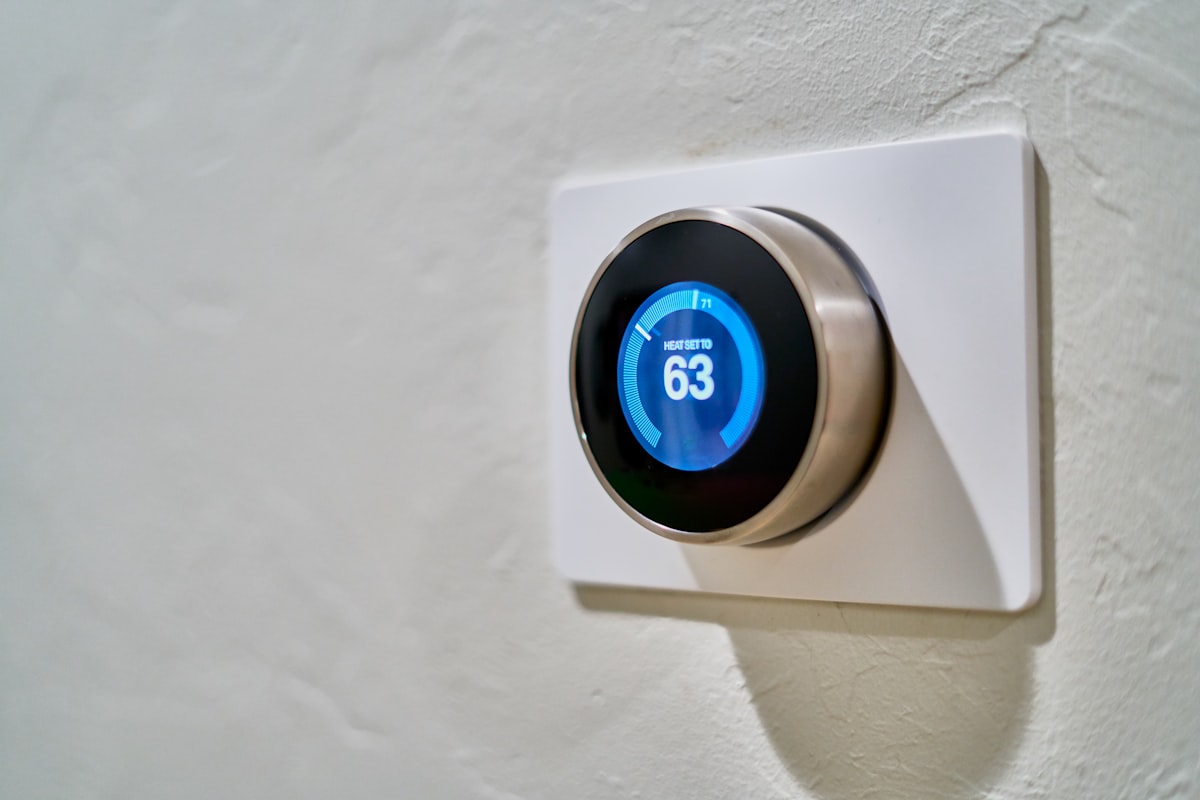A discussion of the role of programming in the Internet of Things (IoT)

The Internet of Things (IoT) is a rapidly growing field that involves the interconnectedness of everyday objects through the use of sensors and other technology. From smart thermostats to connected cars, the IoT is transforming the way we live and work, and programming plays a crucial role in this transformation.
But what exactly is the role of programming in the IoT, and how does it impact the way we interact with the world around us? In this article, we'll explore some of the key ways in which programming is used in the IoT and how it helps to drive innovation and progress in this exciting field.
1. Programming enables the creation of IoT devices and systems
At its most basic level, programming is used to create the devices and systems that make up the IoT. From sensors and controllers to cloud-based platforms and APIs, programming is used to design, develop, and deploy the various components that make the IoT possible.
For example, a programmer might use a language like C or C++ to create the firmware for a smart thermostat, or use Python or JavaScript to build a web-based dashboard for monitoring and controlling connected devices. Whether it's creating low-level hardware drivers or building high-level applications, programming is the foundation upon which the IoT is built.
2. Programming enables the integration and interoperability of IoT devices and systems
One of the key benefits of the IoT is the ability to connect and integrate a wide range of devices and systems. This allows us to do things like control our homes and appliances remotely, track and monitor our health and fitness, and even use our cars to pay for gas or coffee. But making all of these devices and systems work together seamlessly requires programming.
Programming is used to create APIs and other integration points that allow different devices and systems to communicate and exchange data. For example, a programmer might use a language like Java or Python to create an API that allows a smart thermostat to communicate with a home security system, or build a web service that allows a connected car to access real-time traffic data.
3. Programming enables the creation of IoT-based solutions and applications
Finally, programming is used to create the solutions and applications that make the IoT useful and relevant to our lives. From smart home assistants to industrial automation systems, programming is used to build the applications and services that help us automate, monitor, and control the things around us.
For example, a programmer might use a language like Python or Node.js to build a voice-controlled smart home assistant, or use C# or Java to create an industrial automation system that monitors and controls manufacturing processes. By building these solutions and applications, programming helps to make the IoT more useful and relevant to our daily lives, and drives innovation and progress in the field.
Conclusion
In conclusion, programming plays a critical role in the Internet of Things, enabling the creation, integration, and development of the devices, systems, and solutions that make up this exciting and rapidly-evolving field. Whether you're a beginner just getting started in programming, or an experienced developer looking to dive into the IoT, the opportunities and possibilities in this field are endless.
So if you're interested in the IoT and want to get involved, don't be afraid to dive in and start learning! With the right tools, resources, and guidance, you too can become a part of the IoT revolution and help shape the way we live and work in the future.
